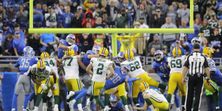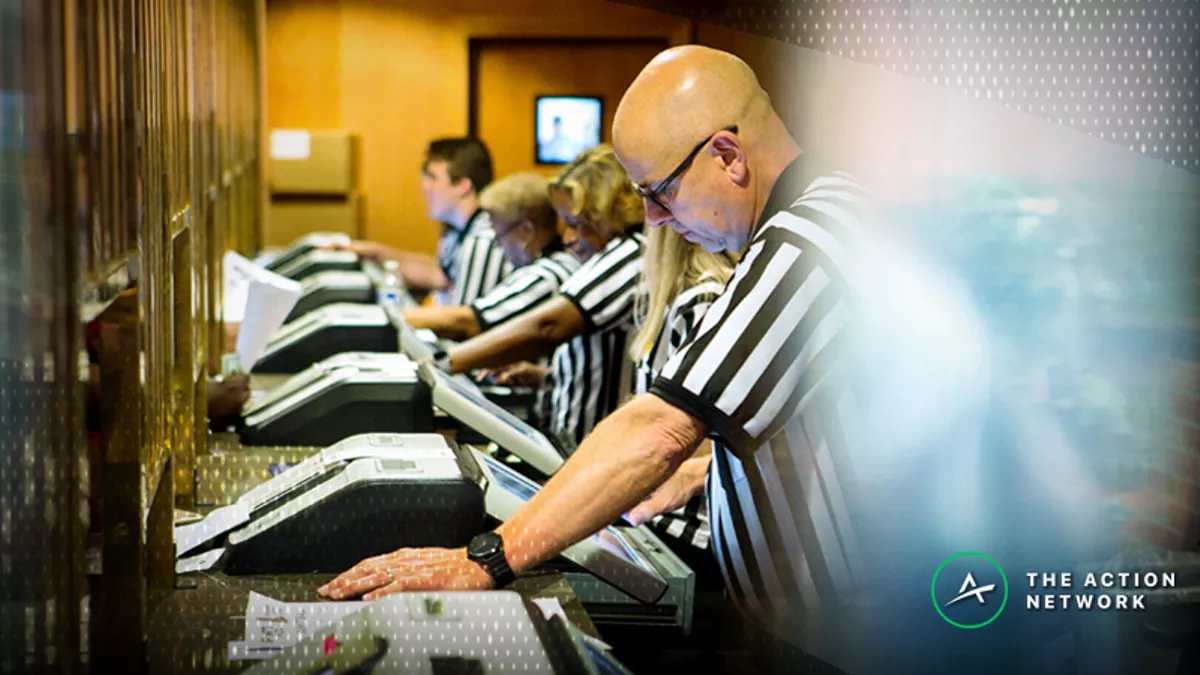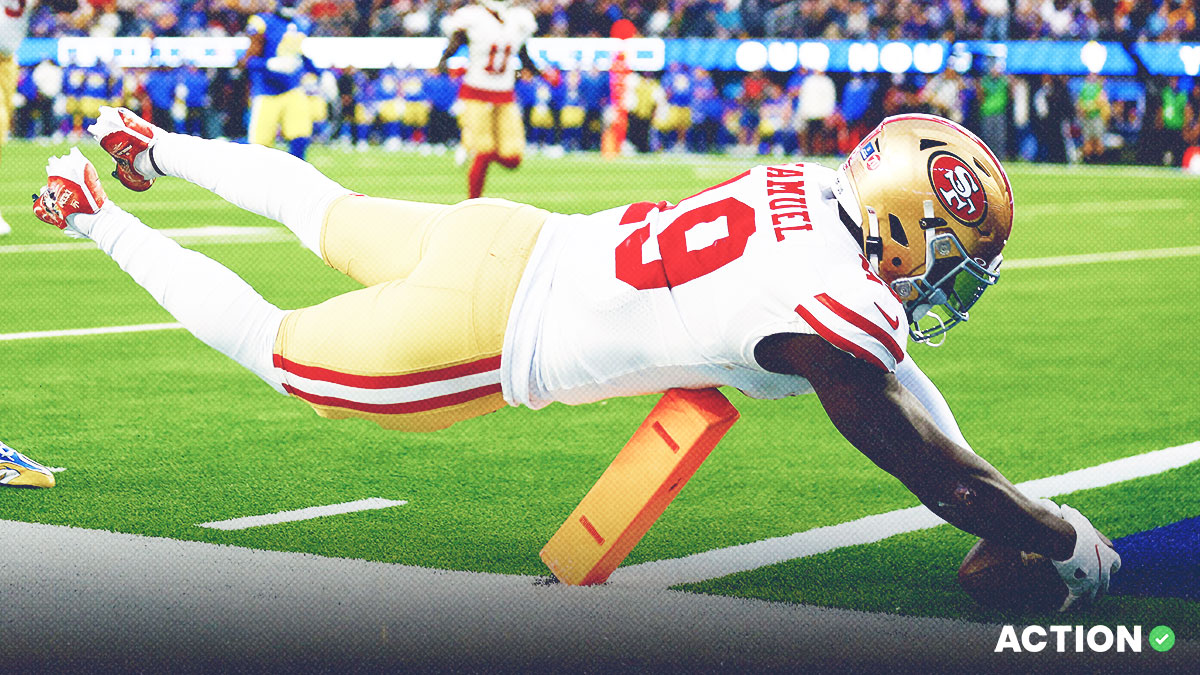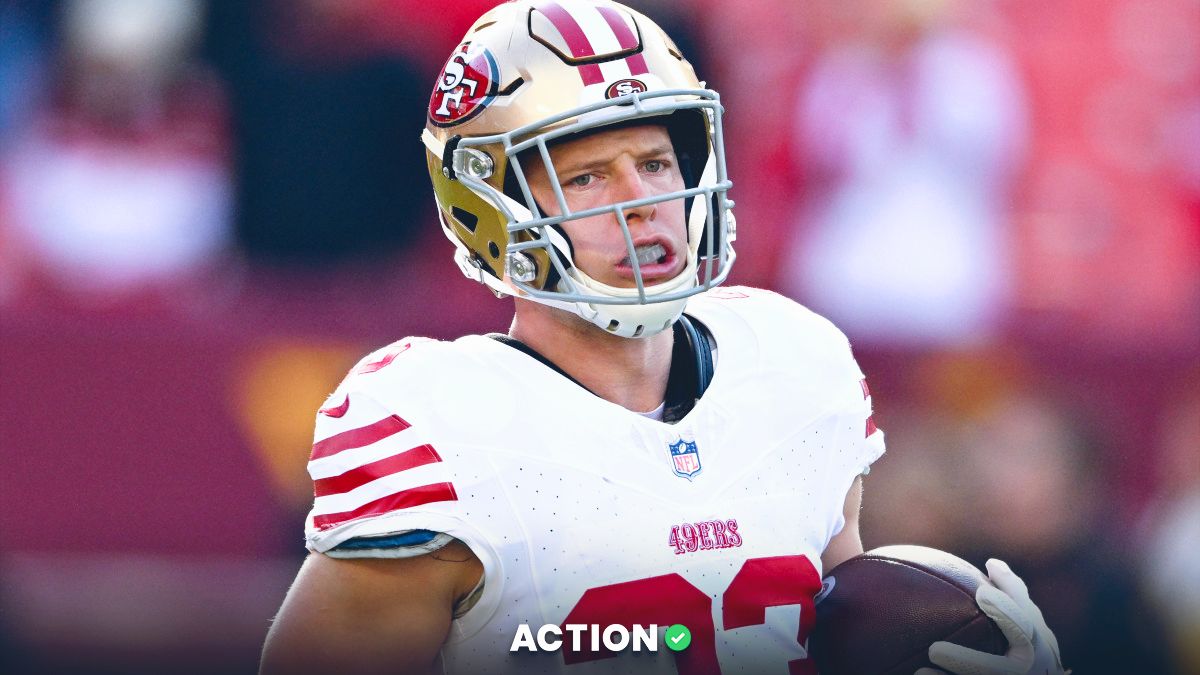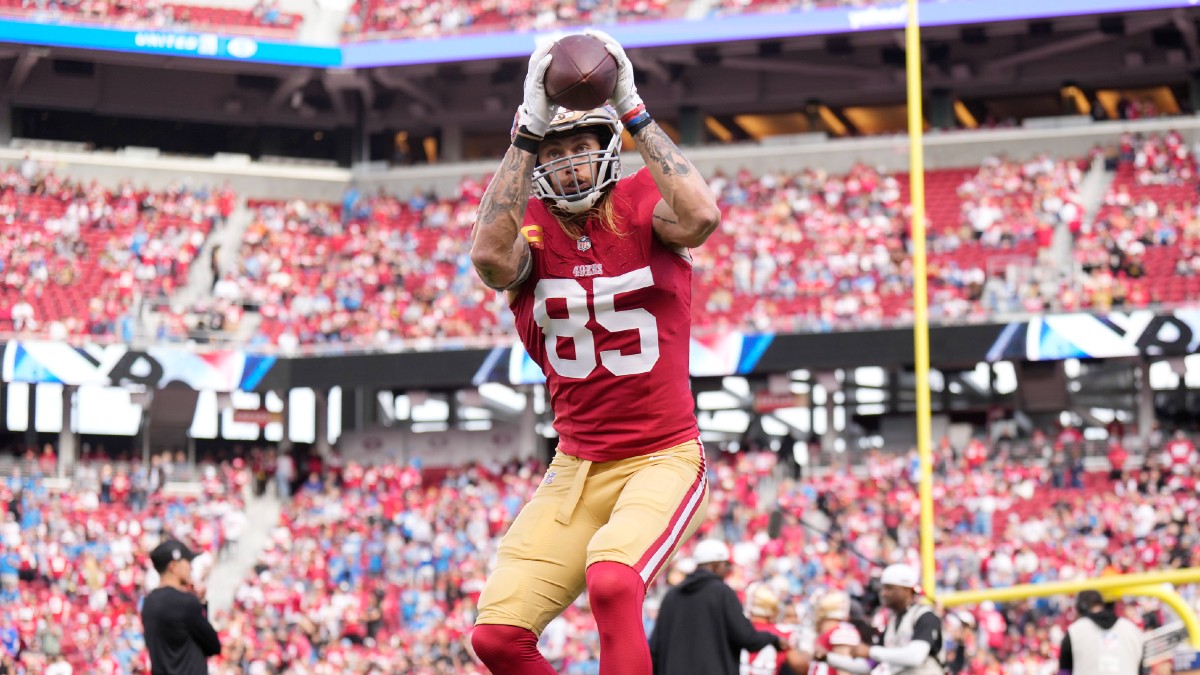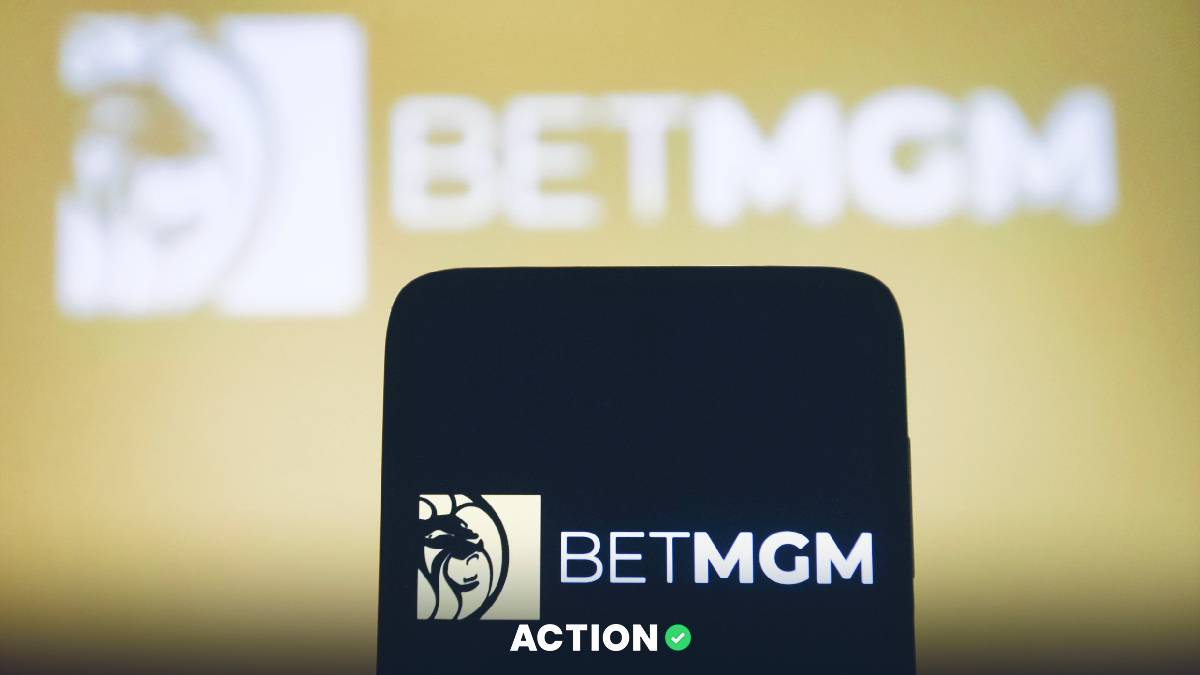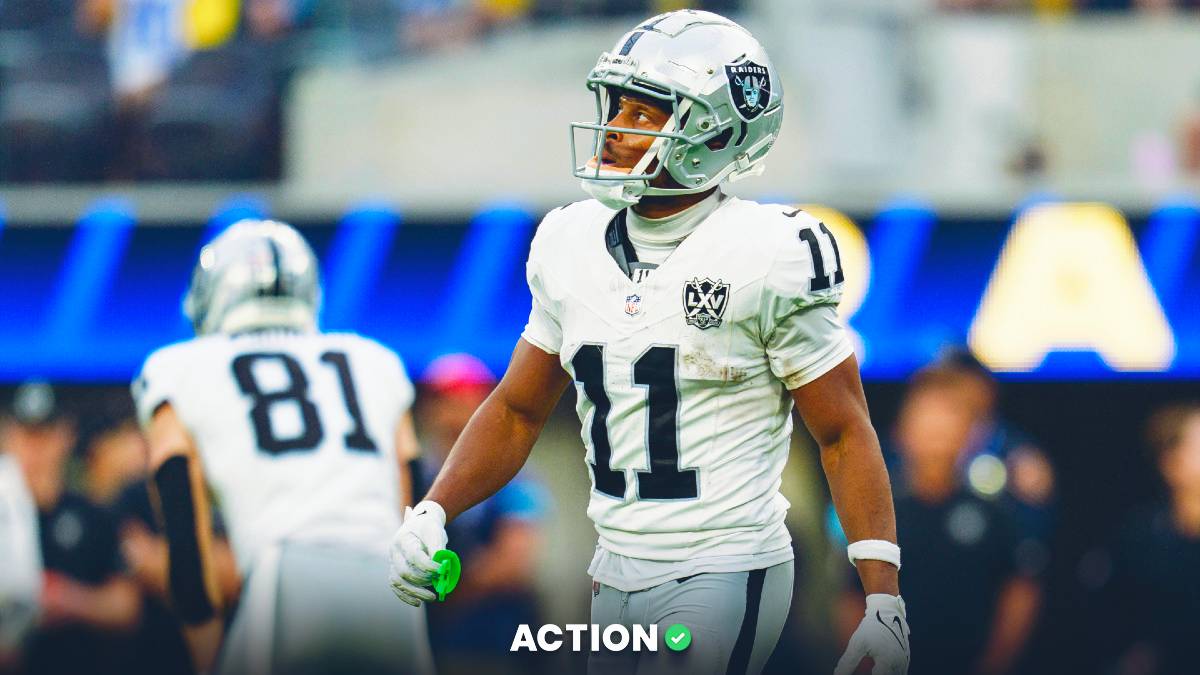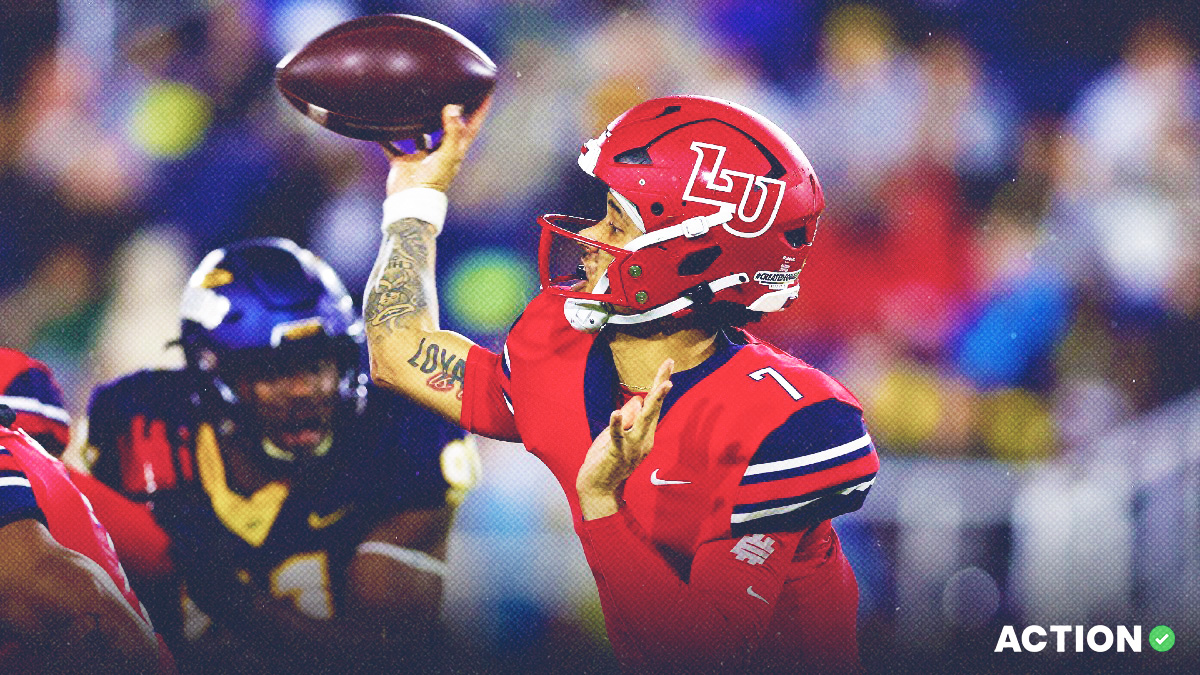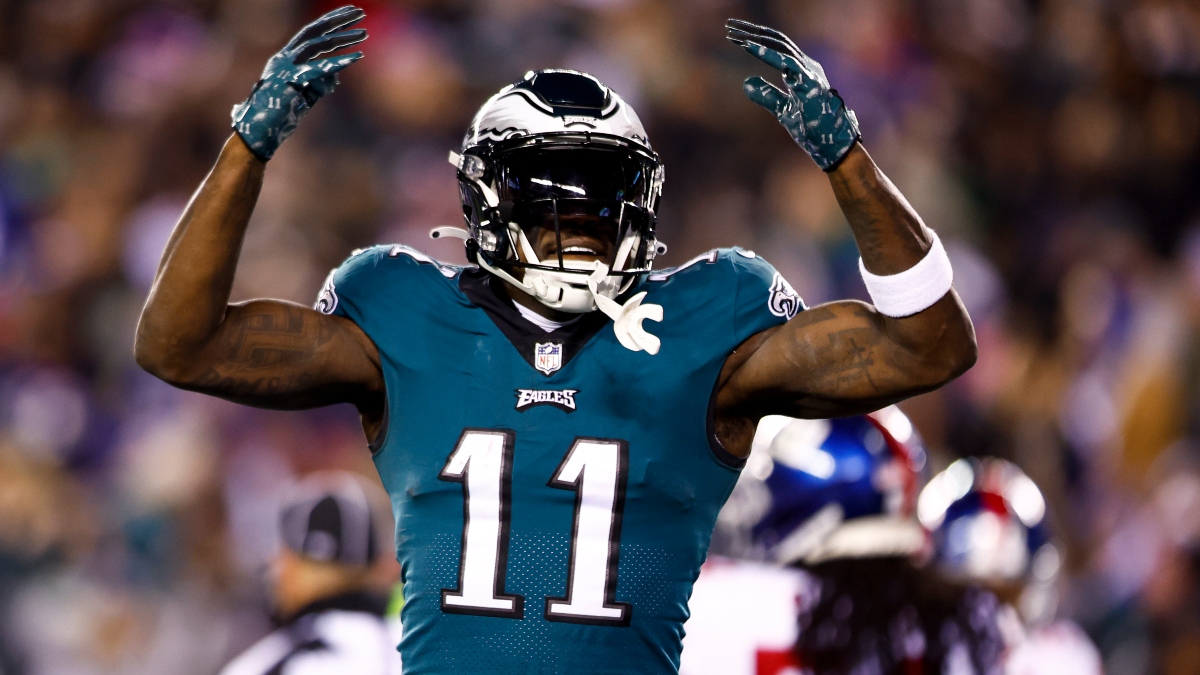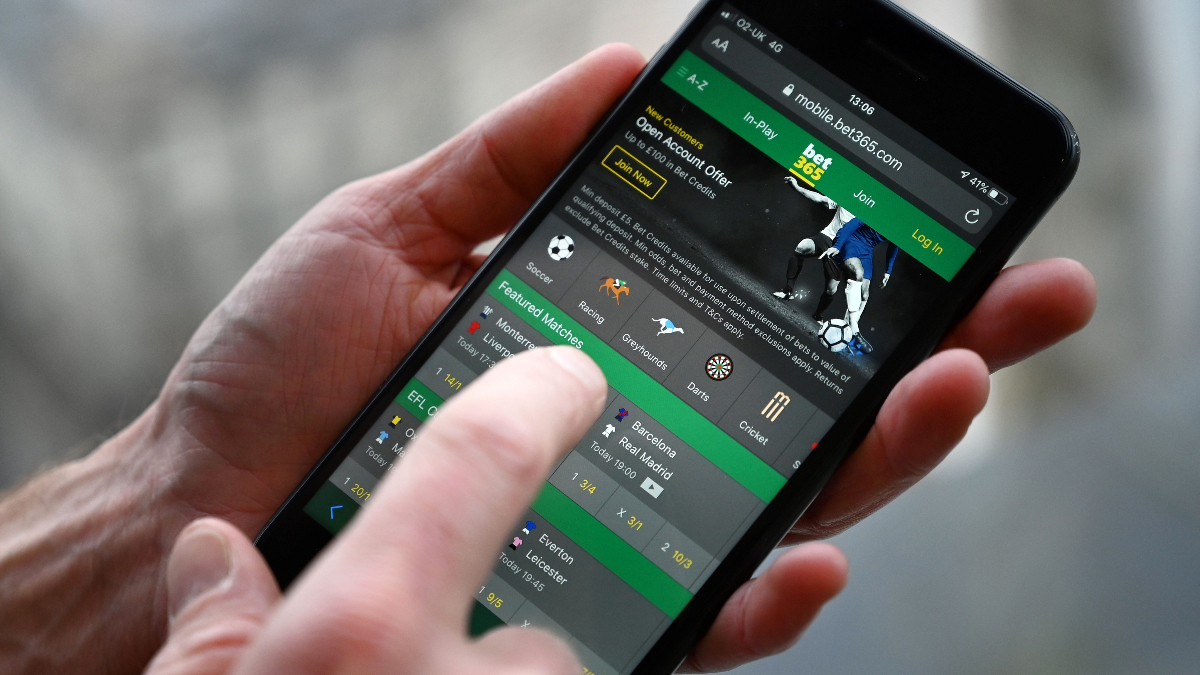This shouldn't come as a surprise, but not everyone is equally skilled when it comes to sports betting. Most bettors are somewhere near 50-50 (in other words, below the 52.4% clip needed to make a profit on standard point spread bets, with some lower and some higher).
And some significantly higher.
Now, the term "significantly" needs to be contextualized in that usage. No one is hitting 75% of their plays over time, for example.
But a very skilled bettor might be somewhere around 55%, and some could even approach 60%. Bettors who hold such a win rate over a long period of time are called sharps.
What Is a Sharp?
In sports betting, a sharp is a long-term winning bettor whose opinion is well respected by sportsbooks.
When a sharp bettor places a wager, sportsbooks take notice and might even move their lines as a result. If several sharp bettors come down on the same side of a game, the line will almost certainly change — even if that side is not the popular one.
How Can You Tell What Sharps Are Betting?
There are a few ways to gauge sharp action (what sharps are betting on). Some of the easiest include comparing bet percentages to money percentages as well as line movement, and from locating steam.
Our PRO Report highlights sharp action on specific games, and our Bet Signals at Sports Insights give you detailed market moves in real-time, including steam, reverse line movement and more.
Check out our new NFL PRO Report, where we highlight factors that provide betting edges — like large wagers, historically profitable betting systems, model projections and expert picks — that when combined with sharp money can powerfully detail the smartest bets on a given slate.
Bet vs. Money Discrepancies
Something to note about sharp bettors: They aren't in the gambling business for the thrill of the sweat (though perhaps that's why many started). They are professionals who see sports betting as a serious source of income. As such, they aren't just putting $25 down on a game they like.
With that in mind, comparing the percentage of tickets (bets) to the percentage of actual money on that side can give a good indication of how sharps are betting.
If only 25% of bets are landing on Northwestern in a game against Michigan, for example, but the Wildcats are also accounting for 55% of the money, there's a pretty good chance that sharps are among that 25%.
Reverse Line Movement
Reverse line movement occurs when a betting line moves away from the popular side, and is perhaps the clearest giveaway of sharp action.
To return to the example above, if all you know is that 25% of bets are landing on Northwestern, but you see that Michigan has fallen from -10 to -9 since the line opened, you can pretty safely assume — barring no injuries or other game factors changing — that oddsmakers are looking to take on more Michigan action because their sharper customers are betting Northwestern.
In other words, step back and ask yourself why oddsmakers would move the spread to make it easier for the majority of their customers to win this bet. They likely have either a significant monetary liability or have been influenced by sharp action. And in many cases, one means the other.
Steam Moves
A steam move is defined by a sudden, drastic and uniform line move across the sports betting marketplace, and is usually the result of multiple sportsbooks taking sharp action on the same bet at the same time.
Steam is not easily trackable without help from a betting service, as it requires either an odds page — with live updating numbers from all across the market — to be open, or a feature like Sports Insights' Bet Signals, which track and record each occurrence of steam in real time.
Should You Follow Sharp Action?
Since sharps are long-term winning bettors, the simple answer to this question is yes, but what makes the answer not-so-simple is that truly following sharp action is almost impossible.
Because sharp action usually results in line moves, it's difficult to make the same bets that sharps are making.
In the example under the "reverse line movement" heading, it's safe to assume that sharps were betting Northwestern at +10. But are they still betting the Wildcats at +9? We'd only know for sure if the line fell further to +8.5 … in which case we'd still be left to ask the same question with the new number (this is one reason why it's important to have accounts at multiple sportsbooks, as some may not move lines as quickly as others).
Another danger of trying to follow sharp action is that some seemingly sharp moves can wind up being part of a greater "setup" to create a more favorable line for the bet that the sharps actually want to place.
For example, a sharp bettor or sharp syndicate (group) may attempt to cause a steam move by placing bets on a given team, only to come back with even bigger bets on the other side once the line has moved to a more desirable number.
But in any case, whether you choose to follow the sharp money or not, knowing how the pros are betting given games can only help your betting ability in the long run.




